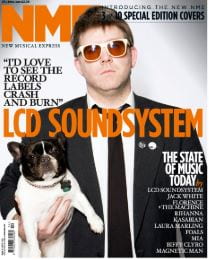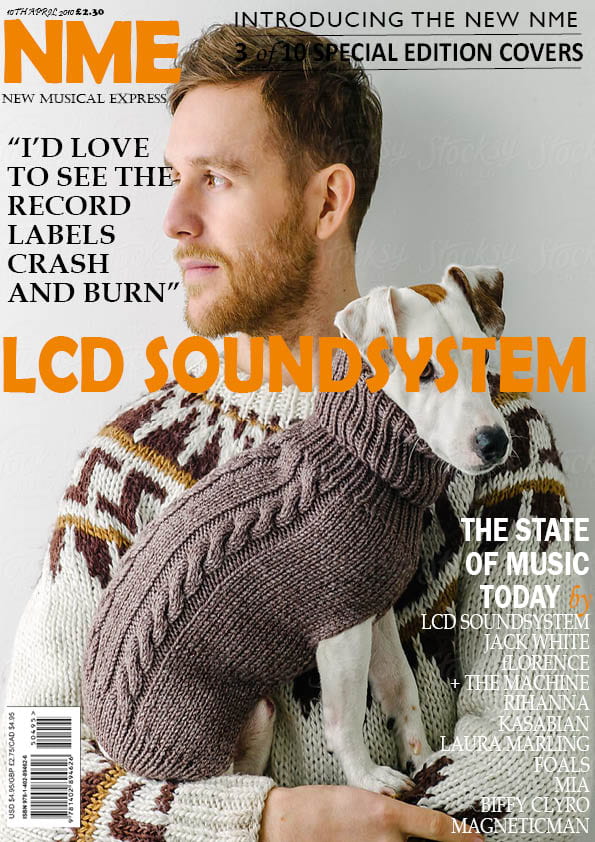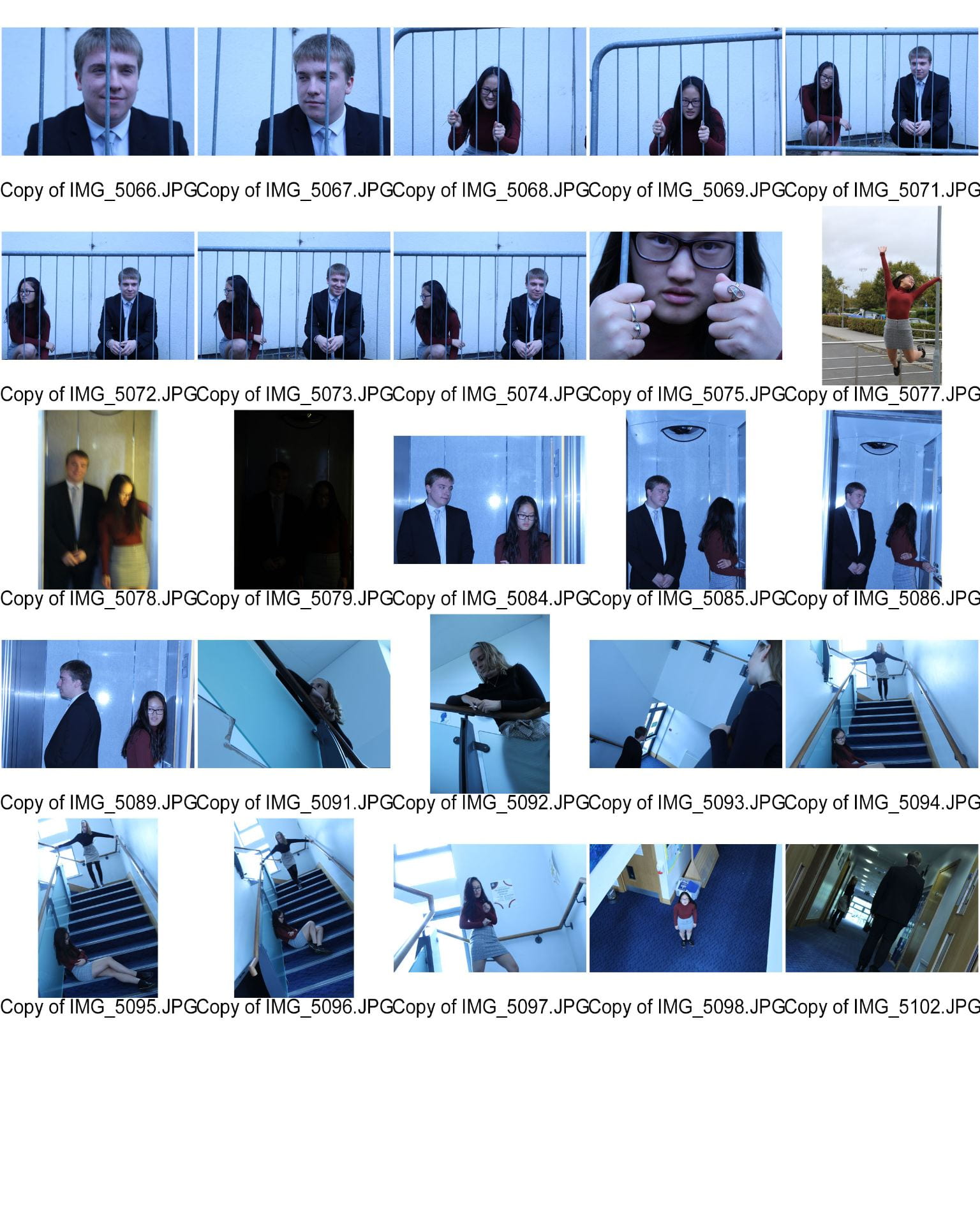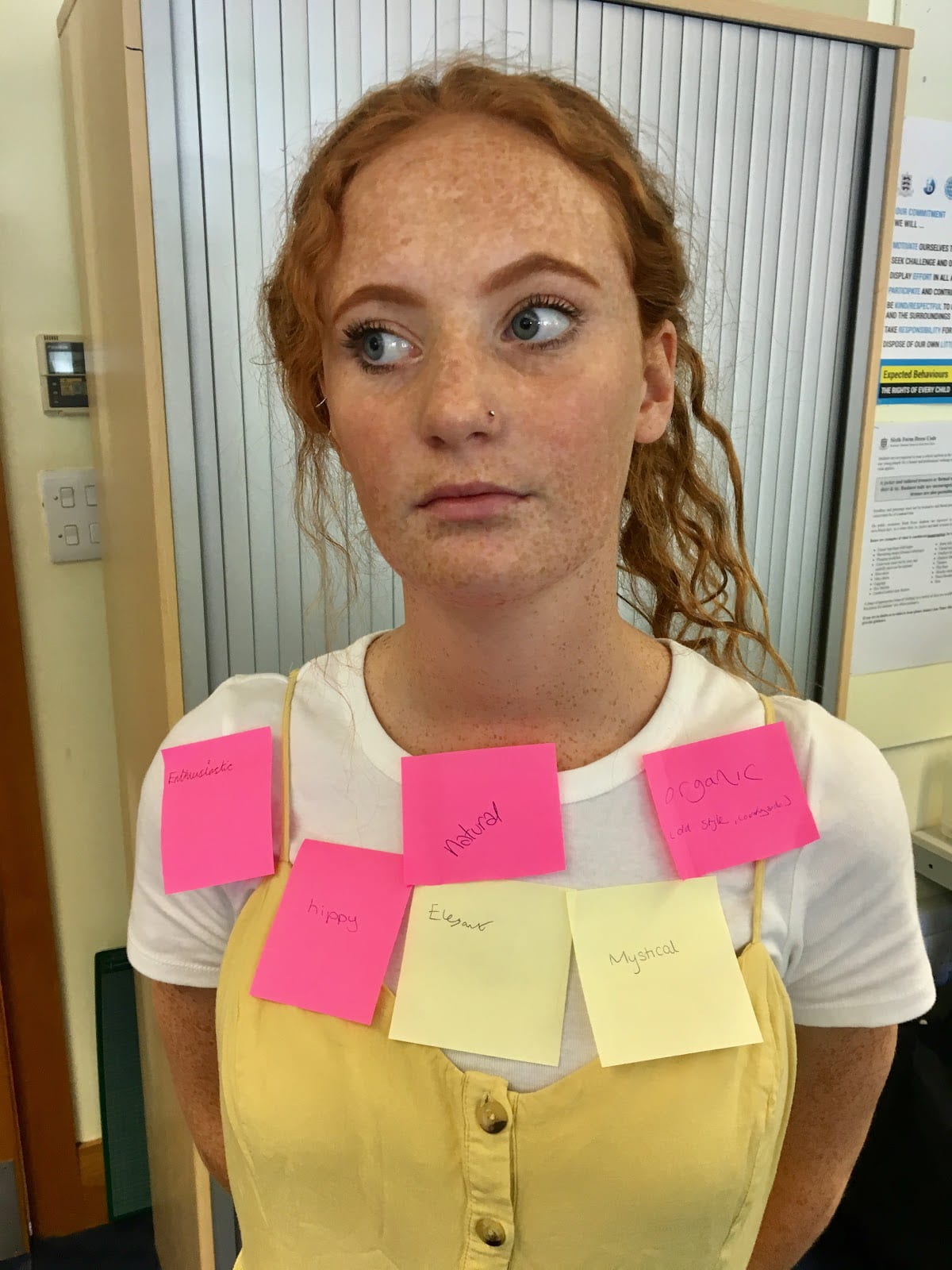My Tour Poster
My music genre for my tour poster will be folk, the image above displays a range of different tour poster covers and CD covers that focus on the genre of folk. They are all generic poster covers so they share many qualities that make them into folk genre images, as you can see none of them use extremely bright colours, they are all soft and calm colours to reflect how folk music connects with nature. Furthermore, these colours are very earthy colours as they are browns, yellows and blues which all correlate to nature.
I will use these examples to inspire and help me create an effective tour poster in the genre of folk, all the aspects are vital for an effective piece of media so I need to include the most appealing features to reach out to the desired demographic. I want my tour poster to be ‘the same but different’ so conventional to grab audience attention and is unique therefore looks like no other tour poster for folk, I will need to focus on AIDA and knowing your client so that the colours I use as well as fonts stand out to the target audience.
Folk Tour Poster
This is the final product of my folk tour poster which I am overall delighted with as it is inviting and conventional, the layout, fonts and colours relate to the genre of folk. The chosen colours of blue and yellow will remind the audience of nature as they represent the sky and the sun giving a bright aura to the poster, they show how folk music relates to the beauty of nature. The position of the model accentuates the interest of the audience as she is looking directly at the camera inviting the audience in, the flow of the shawl gives the sense of wind in the poster interesting people even more.
I am very happy with the outcome of this poster as it is the first piece of media I have created I think it does give a clear sense of folk through the colour scheme and fonts, I have taken notice to “know your client” and have focused on how to please the psychographic of folk music.
Furthermore, I have completed all the aspects of AIDA which all help my poster to stand out. The poster grabs audience attention through the bright colours and a large image of the model, the chosen fonts also lead peoples’ eyes to the poster, it interests people as the colours once again stand out. These qualities then lead to desire in the demographic as they know where the singer is performing and what dates she is singing, the involvement of the site to buy tickets gives the action the audience need to complete to go to one of her concerts and listen to folk music by Aria West.
To improve my understanding of these editing apps I would play around with them more so I can identify what tool to use or what photoshop aspect to include, the more I use these apps the better I will get at editing my photos to create effective pieces of media.
This is my tour poster assessment, please click on the name to find the chart.








